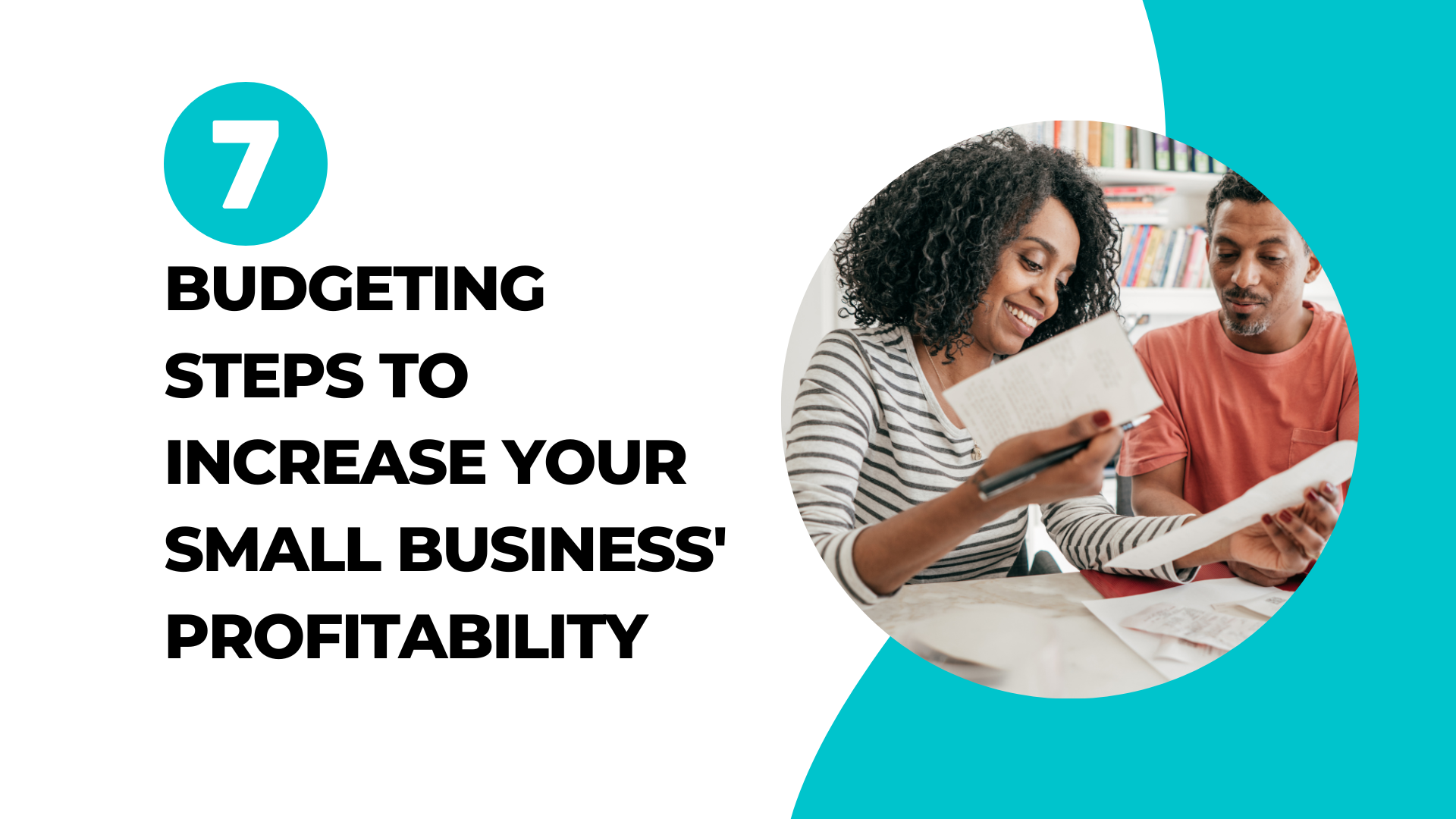As someone who experienced the ups and downs of freelancing, I know all too well how anxiety-inducing finances can be. The ebb and flow of work, unexpected budget cuts, and dreaded late payments from clients can make you question if being a business owner is worth it. If you can relate to my plight, you’re not the only one.
A study by American Express found that 60% of small owners struggle with cash flow. 89% express that cash flow problems have negatively impacted their business.
Creating a budget has been a game-changer for me. This simple yet powerful tool has transformed my freelancing journey, allowing me to worry less and focus more on doing what I love. With a budget, I can do the right amount of work without overwhelming myself, knowing I must meet my revenue goals.
Plus, it has opened doors for me to hire personal assistance and invest in tools that enhance my work and give me more time to breathe.
Why you need a business budget
A business budget gives you a bird’s eye view of your expected income, expenses, and profitability over an established timespan, usually a year.
Having a budget in place can be crucial when managing cash flow. Positive cash flow indicates that more money is coming in than going out. Meanwhile, negative cash flow occurs when you spend more money than you generate.
Negative cash flow can spell difficulties in meeting your allocating resources, meeting financial obligations, and ultimately, ensuring your business remains profitable.
7 steps to create a business budget
As a business owner, the hustle is real. You may feel like creating a business budget is low on the long list of tasks you must do. But carving out some time to create a master plan for your finances can help you prioritize streams of income that generate the highest returns, cut excessive expenses, and effectively plan for emergencies.
Step 1: Use business budget tools and resources
Gone are the days when small business owners must rely on traditional paper and pen methods to track their finances. Now, you can leverage technology to organize your budget, track your progress, and make necessary adjustments.
Spreadsheet software. Using a platform like Microsoft Excel and Google Sheets is an efficient and often free way to develop a business budget. You can start from scratch to create the most effective budget for you and your industry or use one of the platform’s pre-designed templates.
Accounting software. While this option may require you to fork out some cash, the automation capabilities of accounting software can help those with more complex cash management needs. Platforms like QuickBooks or Xero offer invoicing, payroll, inventory management, and financial reporting features.
Online budgeting platforms. Solopreneurs and small businesses with straightforward finances can monitor spending and track their financial progress through apps like Mint, or You Need a Budget (YNAB). These platforms are user-friendly, making them accessible to all consumers.
Financial advisors or consultants. While you may have to pay a premium for this option, financial professionals can guide you through the intricacies of budgeting for your business and optimizing your cash flow.
Industry associations and publications. The unique nature of your industry can influence how you manage your company’s finances. You can maximize your budget’s efficiency by tapping industry-specific resources for budgeting templates and guidelines.
Small Business Administration (SBA). The SBA is a government agency designed to help small businesses and entrepreneurs grow their companies, including managing finances and creating a budget. You can visit the U.S. Small Business Administration’s website to learn more.
Step 2: Estimate your projected revenue
Revenue represents the total amount you’ve earned through various income streams. Revenue should not be confused with profit, which is the amount of money you have after covering all your expenses.
Add the numbers from your financial records, sales data, and invoices from the past year to get a complete picture of your revenue streams. Your projections will likely not be 100% accurate. However, overestimating your income can spell cash flow problems, resulting in budget cuts or seeking additional funding.
Step 3: Analyze your operating expenses
Operating costs are the expenses needed to run your business smoothly. These expenses come in two forms: fixed and variable costs.
Fixed costs remain the same, regardless of sales or production volume. Some examples of fixed expenses include:
Rent and lease
Insurance
Salaries
Debt repayments
Variable expenses are costs that are subject to fluctuation. These are harder to predict as they can change at any given time. Some examples of typical variable costs in businesses include:
Cost of goods
Sales commissions
Utility costs
Advertising and marketing expenses
Not accounting for variable expenses or underestimating variable expenses can lead to inaccuracies in your budget. However, you can ensure that you estimate your variable expenses as closely as possible by looking at your previous financial data, monitoring industry trends, and seeking expert advice to anticipate fluctuating costs that you may need to account for.
Step 4: Create a contingency fund
The pandemic has resulted in financial hardship for many business owners in the United States, underscoring the importance of having a safety net.
An emergency fund ensures continuity in your business when external issues may impact your bottom line or when you’re hit with unexpected costs. The fastest way to build your emergency fund is by transferring a percentage of your revenue into a high-yield savings account.
You may be thinking, oh great, another expense to budget for. If you can’t allocate hundreds or thousands of dollars into your rainy day fund, saving as little as $50 each month can go a long way. The goal is to ensure unanticipated costs don’t affect your cash flow when things go awry.
Step 5: Consider seasonal and industry fluctuations
As a small business owner, it pays to understand the ins and outs of your industry, especially how certain times of the year may affect your monthly income.
For instance, as a freelance writer, publications may ramp up production during the holiday season, meaning more work for me. However, during the summer, publications may decrease content production while people take time off for vacation.
So, I aim to maximize holiday earnings to offset the slower summers. Then, I stow away the surplus from peak seasons for when I experience dry spells in my business.
Fluctuations in your income are inevitable. But by understanding your industry, you can set financial targets to prepare for periods when your revenue dips.
Step 6: Calculate your profit
Your net profit is your revenue minus all expenses, taxes, and interest. Knowing your profit margins can help you make several assessments about your business.
Knowing if your business is profitable
Measuring performance in a given year
Setting rates that are competitive but still generate profits
Funding to be experimental, like launching a new product or investing in new tools
Step 7: Finalizing your budget
Once inputting your revenue, expenses, and profit projects into your preferred budget tracking system, revisit your budget, perhaps on a later day. Consider potential adjustments like cost-cutting measures, unaccounted-for revenue streams and costs, and reallocations of funding.
Remember, your budget is a living document, and its effectiveness will depend on monitoring it to ensure you stay on track. By reviewing your budget frequently, you can make data-driven decisions for your business, avoid overspending, and maximize your profits.




